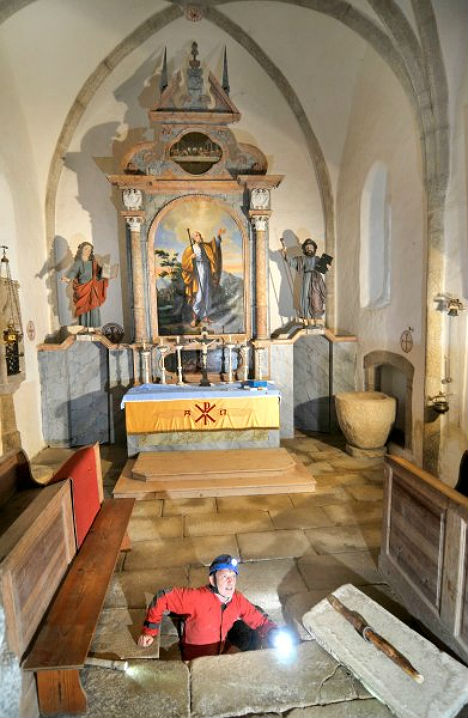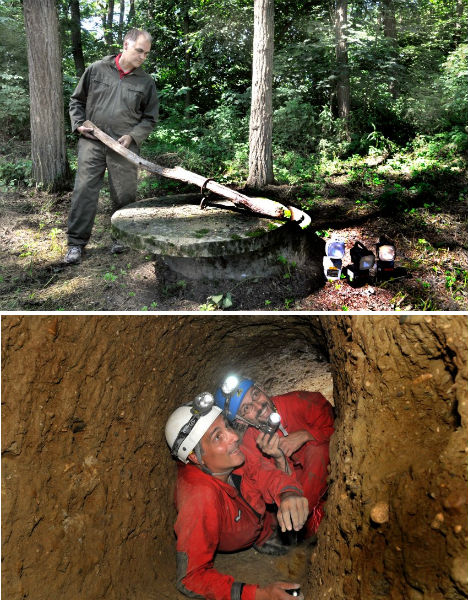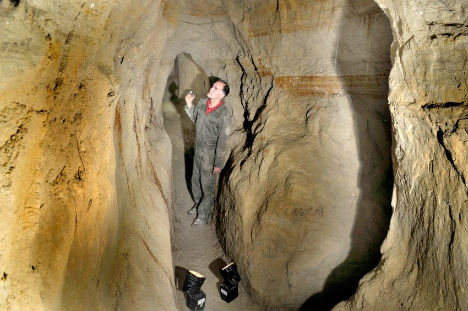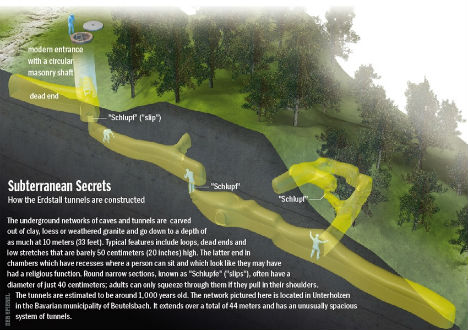Why would a network of cramped, claustrophobic tunnels emerge into the kitchens of farmhouses, the aisles of churches and the center of cemeteries? No one knows exactly why man-made subterranean systems like the Erdstall were built, but at least 700 of them exist in the German state of Bavaria alone, and many more are hidden across Europe, from Hungary to Spain.

One such network was discovered in the middle of a cattle pasture when a grazing dairy cow suddenly fell into the earth up to her hips, revealing an opening. The Erdstall system, located near Munich, is 82 feet long and is believed to have been built in the Middle Ages. The passages are so tight that one must crouch or crawl to get through, and oxygen is in low supply.
Local legend has it that they were built by elves, and they’ve earned the name “schrazelloch”, which means “goblin hole.” This may give an accurate idea of their size, but the tunnels are not, as locals imagined, escape routes from castles. Most are no longer than 165 feet. Some historians believe they may have been used to venerate the dead. Others believe they were hiding places during times of great unrest.

The tunnels have gained attention from archaeologists for the first time in recent months, who have ruled out their use as storage space or livestock housing. Curiously, very few archaeological artifacts have been found inside. For all of those that have been found, it is believed that another 90 percent remain undiscovered and unexplored.

